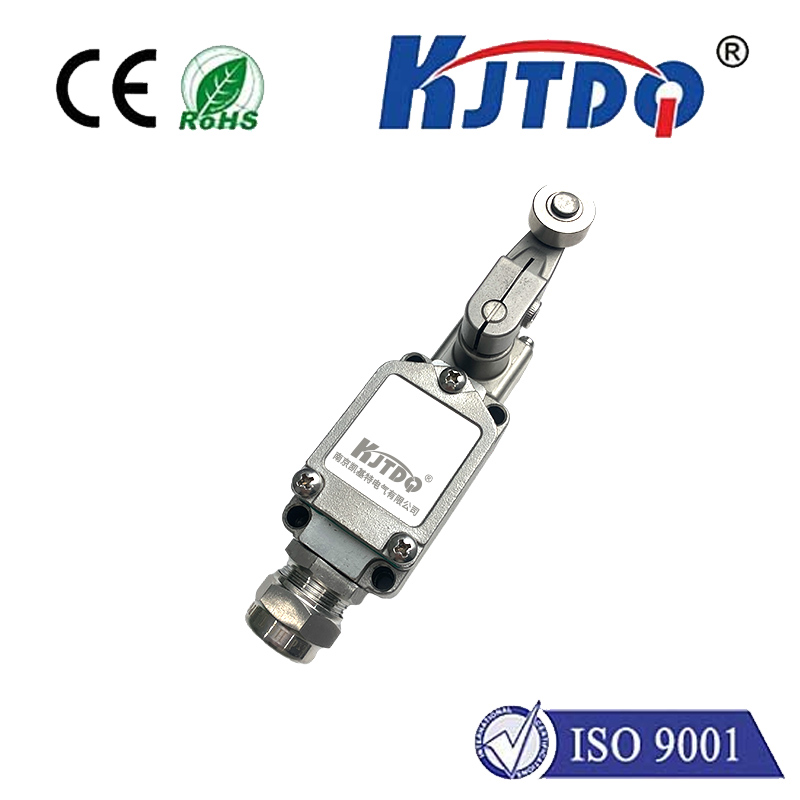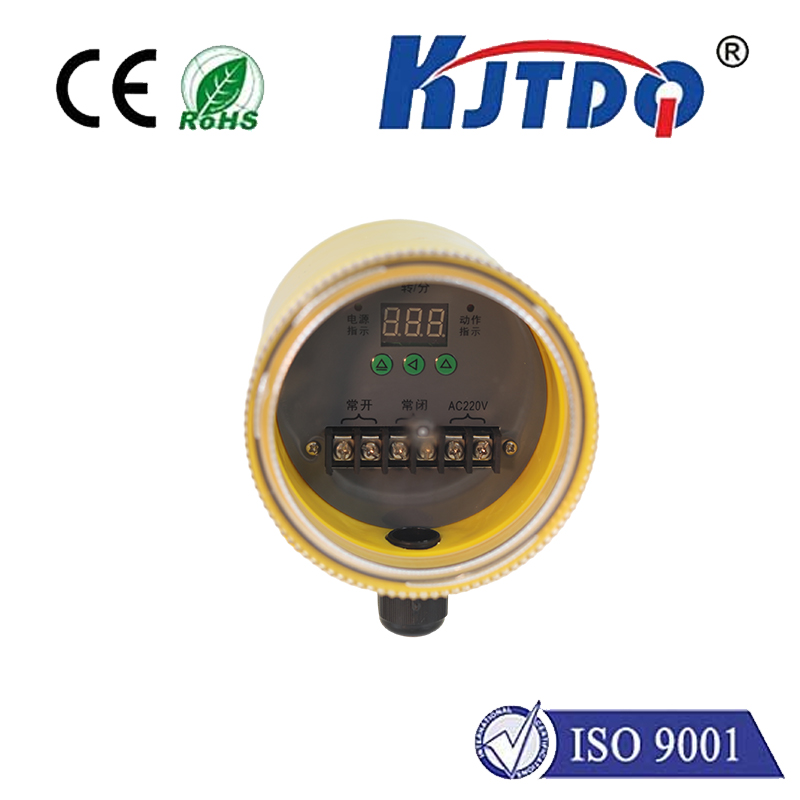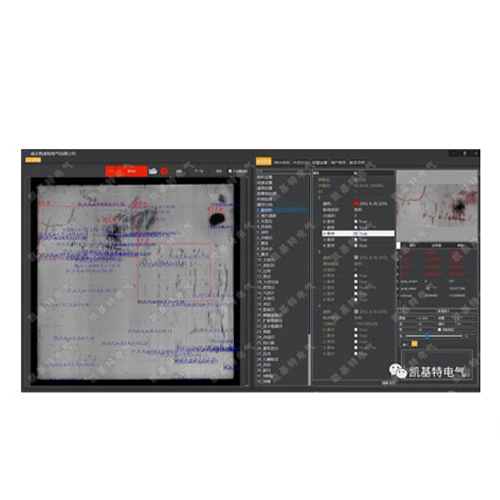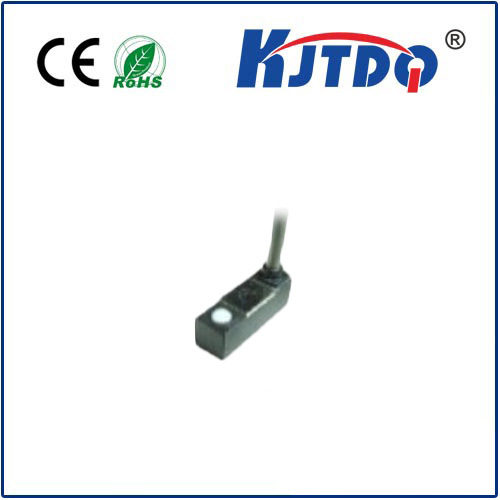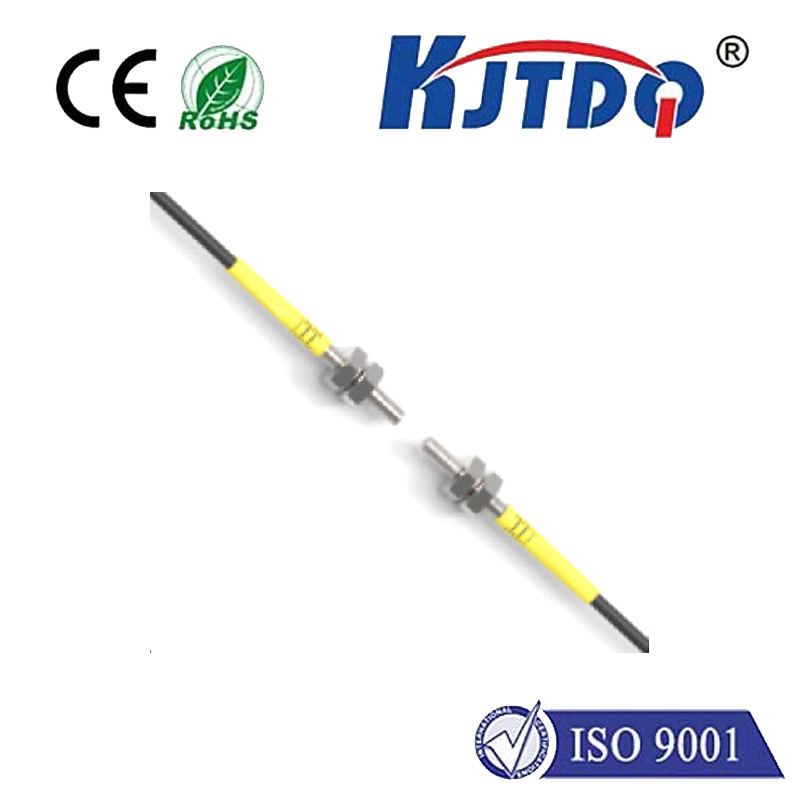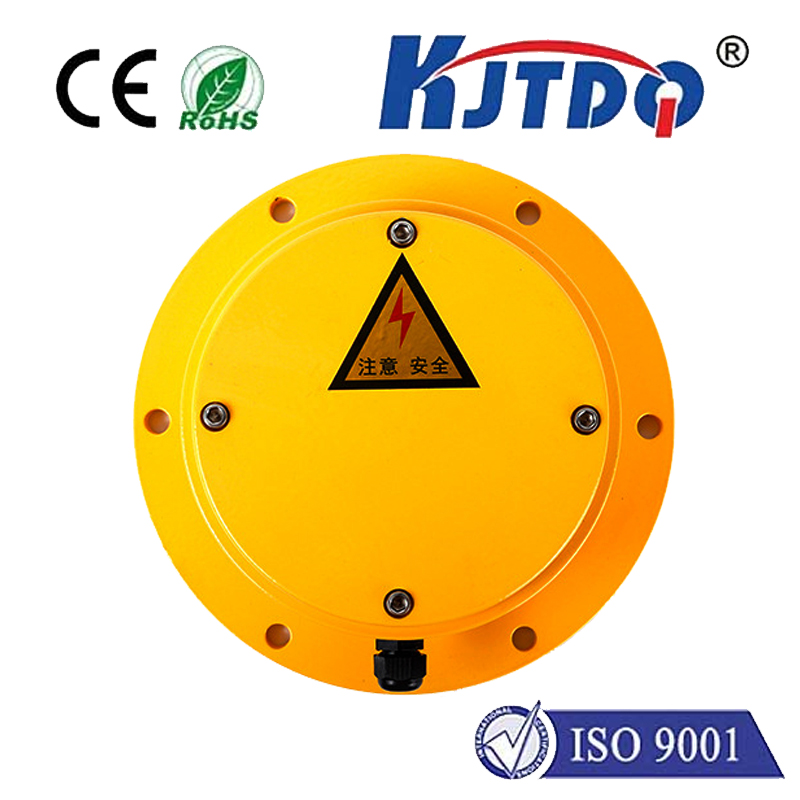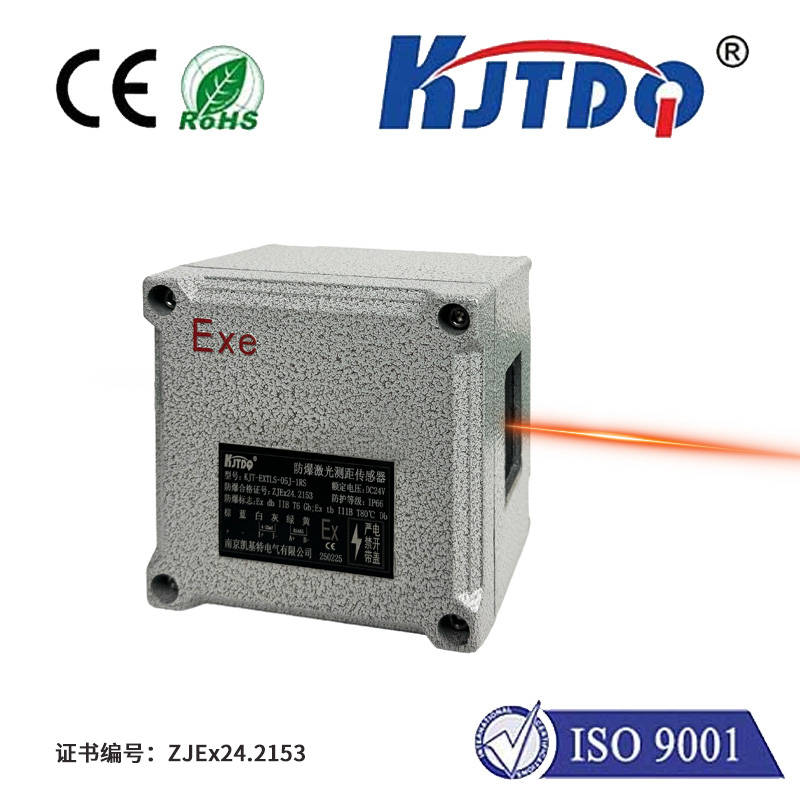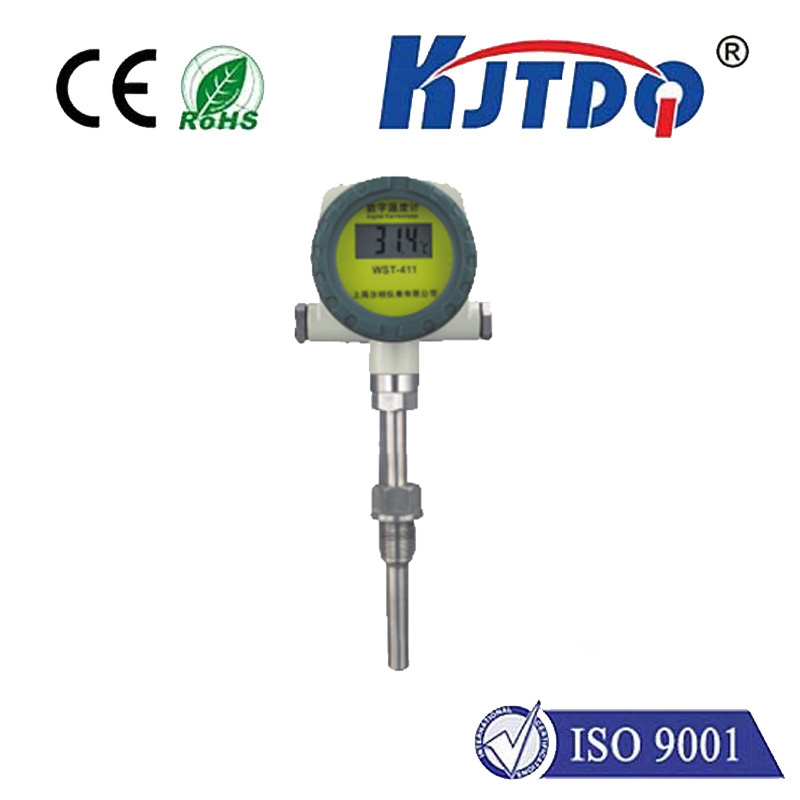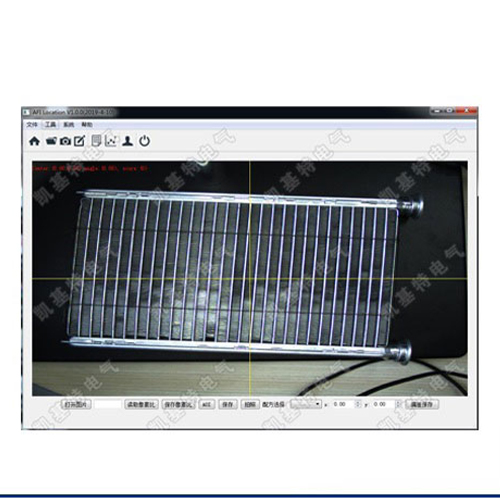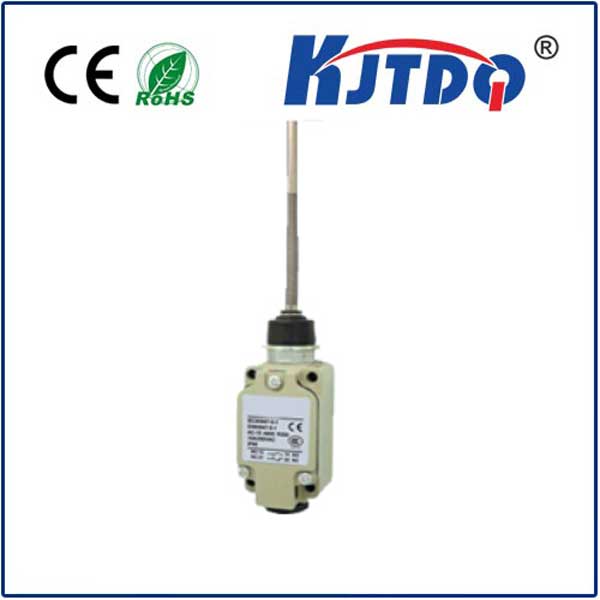

check

check

check

check

check

check

check

check

check

check

Title: Understanding the Proximity Limit Switch: Revolutionizing Industrial Automation Introduction In the realm of industrial automation, precision and efficiency go hand in hand. One critical component that has been instrumental in achieving these twin goals is the proximity limit switch. This article will delve into what a proximity limit switch is, how it operates, its benefits, and why it’s becoming an indispensable asset in modern manufacturing environments. What is a Proximity Limit Switch? A proximity limit switch is a non-contact sensing device used to detect the presence, absence, or position of a target object within a certain distance. Unlike traditional mechanical limit switches that rely on physical contact to initiate a signal, proximity limit switches use sensors that can operate without direct touch. These sensors are typically based on principles such as capacitive, inductive, or magnetic fields. This technology not only extends the lifespan of the switch by eliminating wear and tear from physical interaction but also enhances accuracy and reliability in monitoring processes. How Does It Work? At its core, a proximity limit switch operates by generating an electromagnetic field or a capacitive field (depending on the type) that interacts with nearby conductive or non-conductive targets. When a target object enters this predefined field, it disrupts the field in a way that can be detected by the switch’s electronic circuitry. This disruption triggers an output signal – usually an electrical current change – indicating the presence or absence of the target. The absence of physical contact ensures faster response times and minimizes maintenance, making proximity limit switches ideal for high-speed applications and harsh environments where mechanical wear could be a concern. Benefits of Proximity Limit Switches
